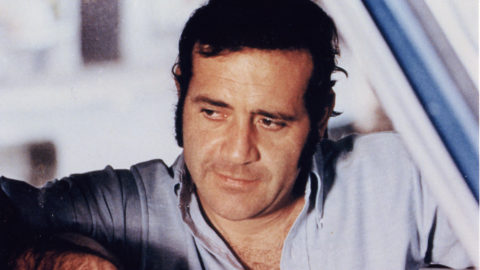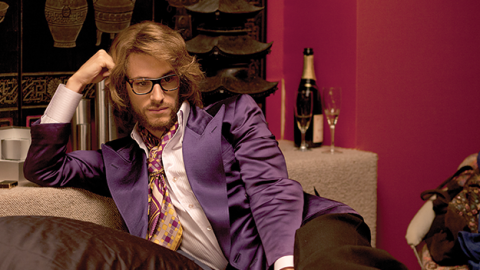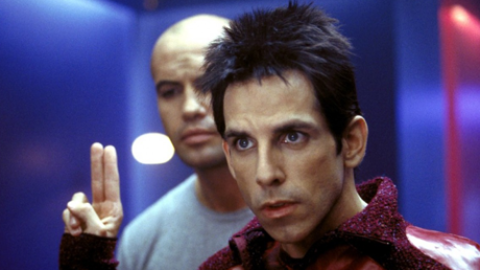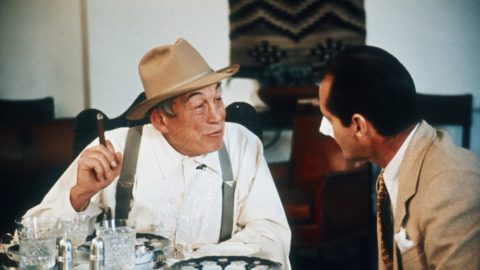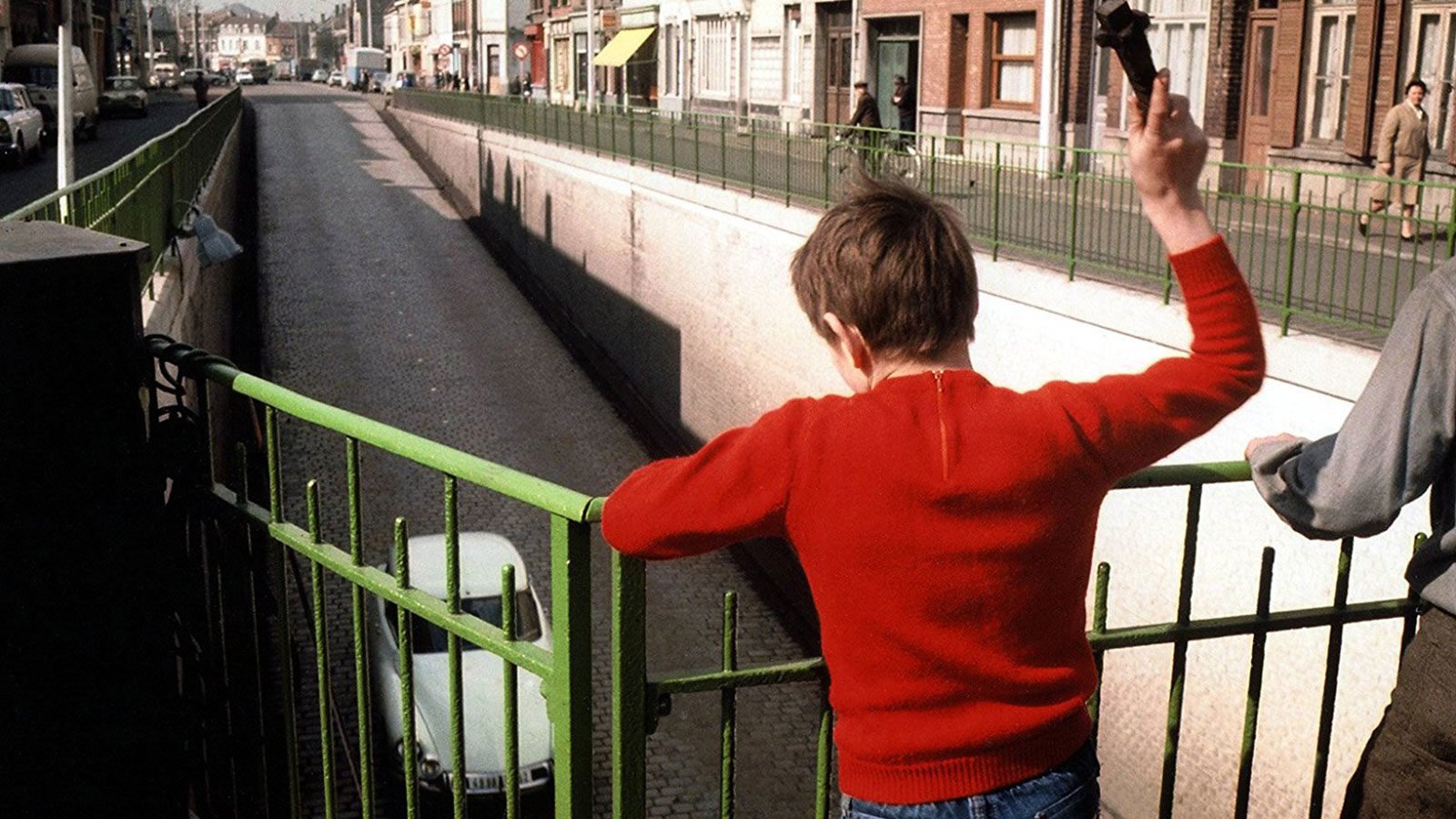
Lightning in a Bottle
Why is Maurice Pialat considered a giant in France and just another French director here?
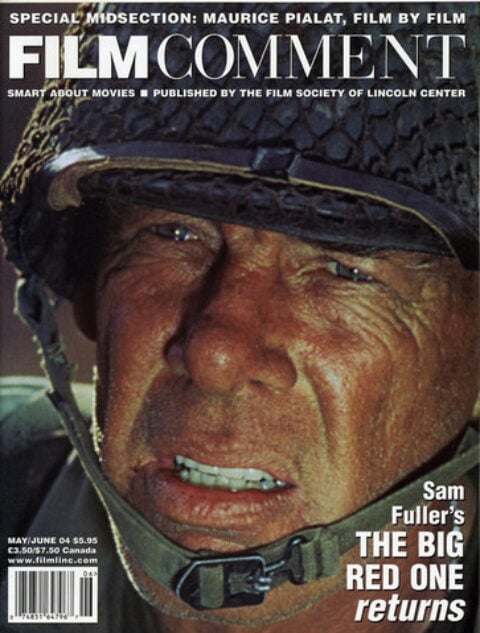
Outside of the relatively small circle of American cinephiles who know his work well, he’s “the French Cassavetes,” or the director of Loulou, or the guy who made that weird movie about Van Gogh, the one where he doesn’t cut off his ear. That’s Van Gogh, damned with such faint praise by the then all-powerful Vincent Canby (“made with intelligence and acted with earnest conviction”). Astonishing that such a ferocious film could elicit such a tweedy response. But then, Pialat has always been out of sync with someone or something.
Perhaps it’s just a quirk of history. Pialat was what we call a late bloomer. After a failed career as a painter, he dabbled in theater and documentary filmmaking before making his first notable short, L’Amour existe, in 1960 at the age of 35. His first feature didn’t arrive until the New Wave had crested, much to his endless chagrin. Resolutely small-scale, stubbornly devoted to rendering the emotional life of a foster child, firmly fixed within the universe of “la France profonde,” L’Enfance nue was about a million miles from May ’68. To say that Pialat marched to the beat of a different drummer is to put it mildly. In fact, he didn’t really march at all. He ambled, and fuck anybody who got it into their head that they’d like to amble along with him. Or behind him. Or ahead of him.
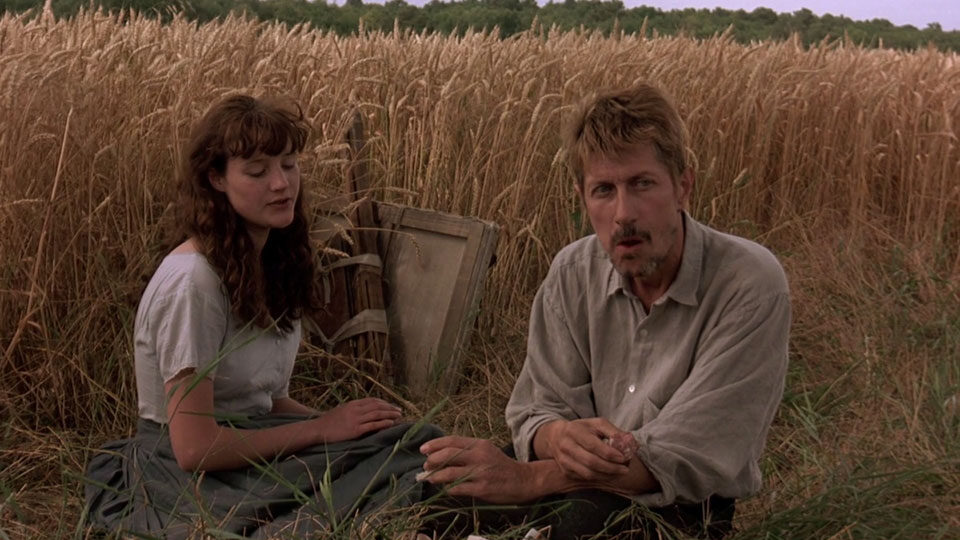
Van Gogh
Even more than Jean Eustache (for whom he did a typically hard-nosed acting turn as a teacher in Mes petites amoureuses), Pialat was an irascibly private artist, charting a twisted, crook-backed path with each new movie, almost always emerging with works in which the mind-bending vitality of immediate experience trumps all belief systems, allegiances, plans. Elsa Zylberstein, who played a prostitute in Van Gogh, once told me that working with Pialat was like trying to walk a straight line in a funhouse after downing a quart of vodka. Lightning in a bottle—a motto, a working principle, an instinct, a way of life. “Stop—what you’re doing now, that’s exactly what I want,” he would tell Elsa. “What?” she would ask. “You just lost it!” “What did I just lose?!?”
More than Cassavetes, more than Renoir, Pialat wanted every frame of celluloid bearing his name to be marked by the here and the now. Yet unlike Renoir, he was a profoundly inelegant filmmaker. Peter Handke once judged him a very bad storyteller, which isn’t wrong (he was also lousy at comedy and even worse with sex). The irony is that Pialat himself would doubtlessly have agreed—proudly. He was always willing to bend his narratives around experience. And the frequent ruptures, discontinuities, perspective shifts, and ellipses in his work are less single-minded than those of Cassavetes, more far-reaching in their implications. Where the breaks in a Cassavetes film are strictly behavior-oriented, getting at the essential unpredictability of people, Pialat’s often feel like frayed-edge manifestations of Tarkovsky’s “pressure of time.” The exquisite agony of the moment, which must always come to an end, the transience of experience, eternally invigorating and just as frustrating—few filmmakers have ever come as close to capturing it on film. Pialat’s background as a painter was a key weapon in his assault on unfolding reality. Not that he ever pursued visual effects or flourishes—light, color, and motion are at the core of his films in the same way they’re at the core of life for anyone with an aesthetic bone in their body. The boy in the small wallpapered rooms in L’Enfance nue, Sandrine Bonnaire sunning herself on the boat at the beginning of À nos amours, the dying woman cloistered in that austere room in La Gueule ouverte, the riverside dance filtered through dusty summer sunlight in Van Gogh, not to mention the “formal” dance in the brothel, the last, bittersweet word on the position of the artist in bourgeois society—visions snatched from the fleeting beauty of everyday, banal existence, endowed with exactly the right dimensions and proportions in space and time.
Breaking into the moment. Rupturing the flow. Freedom and entrapment. The instant captured and the instant gone. The push/pull of Pialat’s seemingly instinctual cinema is all of a piece with his parade of prickly, discontented heroes. After Jean Yanne in We Won’t Grow Old Together, Dutronc’s profoundly pissed-off Van Gogh was Pialat’s most impressive alter ego—alternately endearing and misanthropic, hungry for experience yet fed up with life, looking for community but shunning the company of others. Aside from those milestones, Pialat’s heart is with children and adolescents: Raoul Billerey’s Roby in L’Enfance nue, the teenagers in Passe ton bac d’abord, his own son Antoine, preciously immortalized at the age of four in Le Garu. And, of course, Sandrine Bonnaire—if he had never done anything else, Pialat would deserve a fixed place in the heavenly firmament for discovering her as an adolescent, not to mention building a masterpiece around her with À nos amours. Of his 11 features, three—We Won’t Grow Old Together, À nos amours, and Van Gogh—are among the finest films made in France or any other country in the last half century, and the rest aren’t far behind. As a body of work, it’s neither optimistic nor pessimistic, neither affirmative nor negative—one gets the impression that for Pialat to arrive at a fixed position, a “point of view,” would have been but one small step short of an artistic living death. In every conceivable way, from every possible angle, Pialat’s cinema is all about the shock—startling, violent, eternally and teasingly promising—of being alive.



